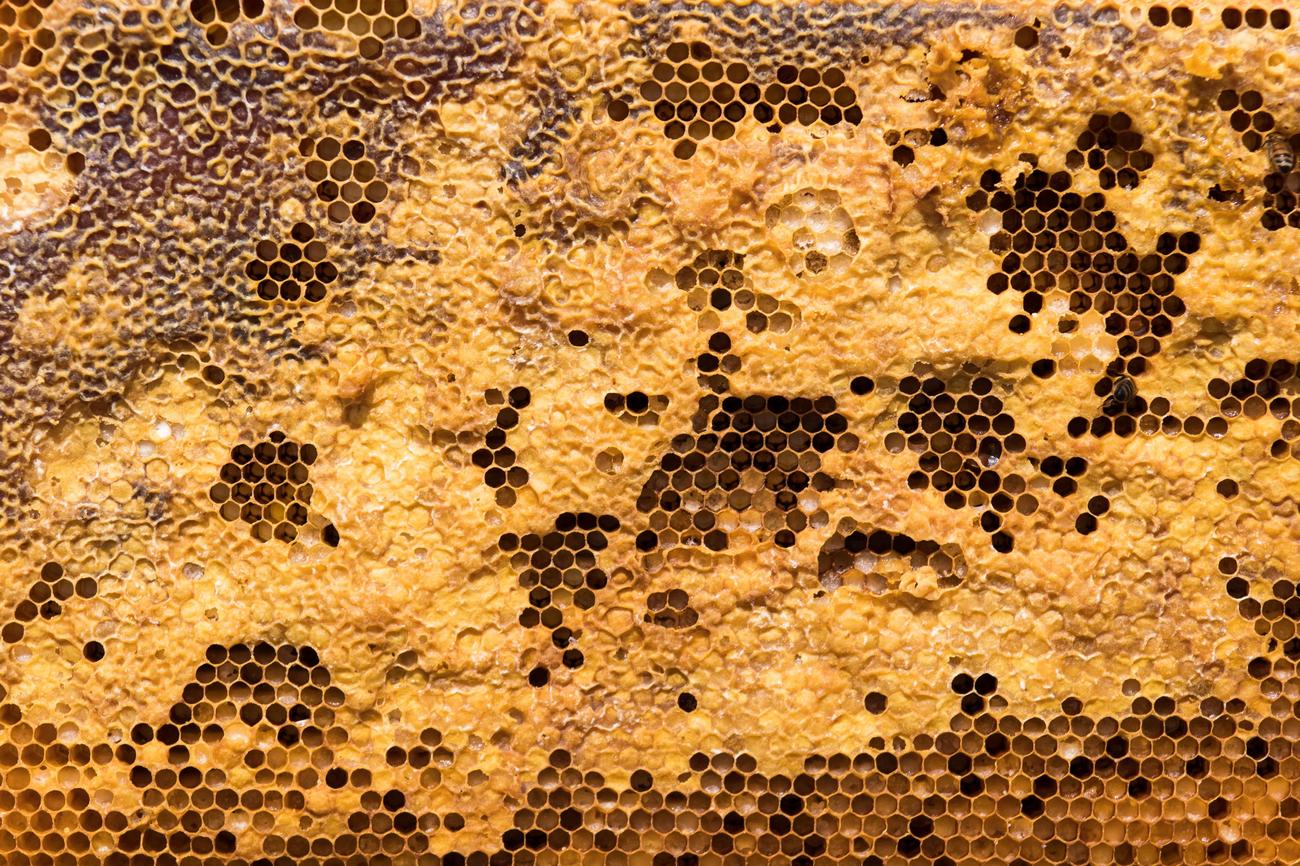In this article, we delve into the fascinating realm of nerve regeneration and explore the key breakthroughs that have revolutionized our understanding of this intricate process. Nerve damage can have profound effects on an individual’s quality of life, limiting their ability to move, sense, and communicate. But now, thanks to the efforts of dedicated medical researchers and scientists, hope is shining bright on the horizon. Through cutting-edge research and innovative therapies, we are inching closer to unlocking the secrets of nerve regeneration and paving the way for groundbreaking treatments. Join us as we embark on a journey to unravel the mysteries of the human nervous system and discover the incredible potential that lies within the realm of nerve regeneration.

Nerve Regeneration Process
Nerve regeneration is a fascinating and intricate process that aims to restore the function of damaged nerve cells. This remarkable phenomenon is more likely to occur in the peripheral nervous system, where nerve cells possess a special lining called the neurilemma. Made up of Schwann cells, the neurilemma plays a crucial role in guiding the growth of new axons, which are essential for transmitting signals throughout the nervous system.
The neurilemma, akin to a protective tube, serves as a supportive scaffold for the regenerating nerves. Its purpose is to direct the newly formed axons towards their target, facilitating the restoration of proper nerve function. This is a crucial step in the nerve regeneration process, as axons need the right guidance to reconnect with their appropriate destinations.
In some cases, more extensive interventions may be necessary for nerve repair. Nerve graft surgery, for example, is a technique used to reconnect healthy nerve ends or implant a piece of nerve from another part of the body. This approach can support the regeneration process by providing a bridge for the regenerating axons, allowing them to establish connections and restore functionality.
However, it’s important to note that nerve regeneration is not always guaranteed, and its success depends on various factors. The extent of the nerve damage, the location of the injury, and the overall health of the individual play significant roles in determining the outcome of the regeneration process. Additionally, the timing of intervention plays a crucial role, as early intervention and prompt treatment can enhance the chances of successful nerve regeneration.
Understanding the intricacies of the nerve regeneration process has been a subject of intense research and study. Recent breakthroughs have shed light on the underlying mechanisms and potential therapeutic interventions that can enhance nerve regeneration. These advancements offer hope for individuals suffering from nerve damage and hold promise for improved treatments in the future.
As we delve deeper into the study of nerve regeneration, it is essential to consider the complexity of the human nervous system. Its interconnected network of cells and structures enables us to perceive the world, control our movements, and experience life itself. Nerve regeneration, therefore, represents a fundamental process that can restore vital functions and provide individuals with a chance at regained independence and quality of life.
In summary, the nerve regeneration process is a remarkable journey of restoration and repair. The presence of the neurilemma and its guidance of regenerating axons play a significant role in this process. Surgical interventions, such as nerve grafts, can aid in reconnecting healthy nerve ends and facilitating the regeneration process. However, success is not guaranteed, and factors such as the extent of damage, location of injury, and overall health of the individual can influence the outcome. Ongoing research and breakthroughs in this field offer hope for improved treatments and a deeper understanding of the intricate mechanisms underlying nerve regeneration.
The human body is an incredible machine, and one of its most fascinating aspects is the nervous system. Did you know that our nerves can transmit signals at an impressive speed of up to 268 miles per hour? It’s true! If you want to dive deeper into the world of nerves and discover more fun facts, click here: Fun Facts About The Nerves. Prepare to be amazed as you uncover the intricate workings of this essential system that allows us to experience sensations, control movements, and so much more. Get ready for a mind-blowing journey through the wonders of the nervous system!

FAQ
What is nerve regeneration?
Nerve regeneration is the process of restoring the function of damaged nerve cells.
Where is nerve regeneration more likely to occur?
Nerve regeneration is more likely to occur in the peripheral nervous system, where the nerve cells have a special lining called the neurilemma, made up of Schwann cells.
How does the neurilemma contribute to nerve regeneration?
The neurilemma forms a tube that guides the growth of new axons, aiding in the process of nerve regeneration.
Are there situations where nerve repair or graft surgery is necessary?
Yes, in some cases, nerve repair or graft surgery may be needed to reconnect healthy nerve ends or implant a piece of nerve from another part of the body.
Why is understanding nerve regeneration important?
Understanding nerve regeneration is crucial for developing effective therapeutic interventions to treat nerve damage and promote recovery.
- Unlock Elemental 2 Secrets: Actionable Insights Now - April 2, 2025
- Lot’s Wife’s Name: Unveiling the Mystery of Sodom’s Fall - April 2, 2025
- Photocell Sensors: A Complete Guide for Selection and Implementation - April 2, 2025
















